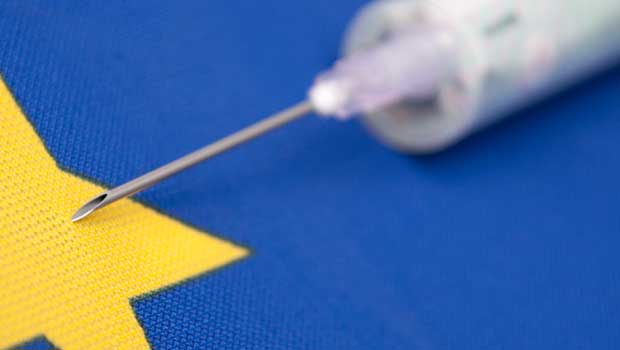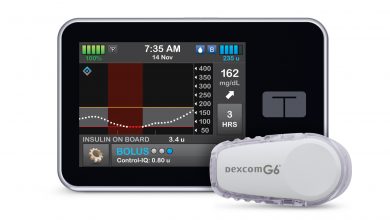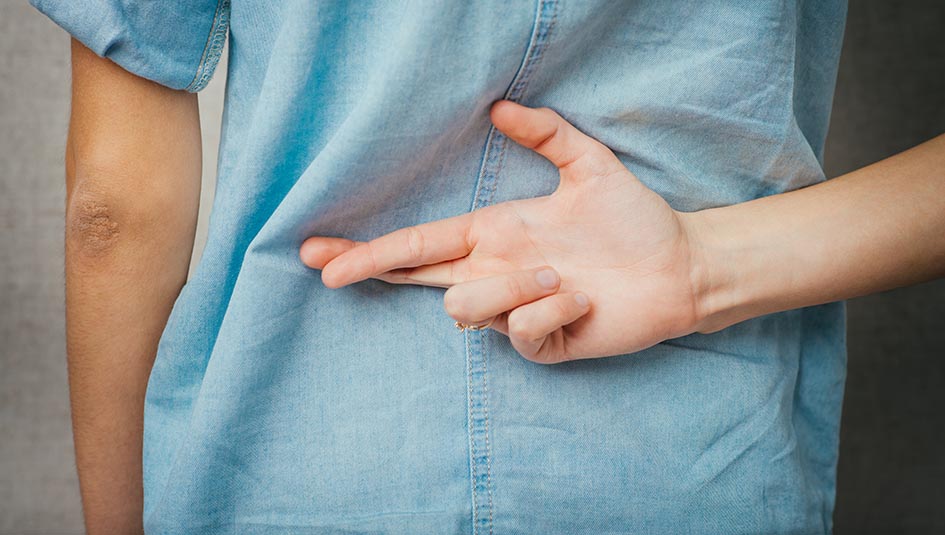Why Pumps in the EU May be Less Safe

In previous stories in this series on insulin pump safety, we’ve been discussing the push to have U.S. and European pump standards more closely align, but such efforts might face an uphill battle.The 28 members of the European Union are, after all, sovereign nations, some having heritages defined by skirmishes with abutting neighbors, and they often don’t like being told what to do.
The EU was formed partly to adopt a common currency not subject to exchange discount or devaluation from member nation to member nation. Recent events in Greece have demonstrated the inability of the EU even to cajole a member nation to enforce tax collection and commit to timely public debt payments. An EU member nation could operate the shabbiest system of medical device safety and quality regulation on the continent, but as long as manufacturers distributing within its borders don’t aspire to carry the CE mark (for distribution and sale across the EU) on their products, no one else in the EU can complain. Those countries with laxer rules create a haven for manufacturers to quickly introduce new devices, or devices which have failed FDA clearance.
The EU directive on medical devices, last revised in 2007, is clearly intended for ensuring commerce, not safety. It recognizes in its preamble that “the content and scope of the laws, regulations and administrative provisions in force in the member states with regard to the safety, health protection and performance characteristics of medical devices are different … [and] certification and inspection procedures for such devices differ from one member state to another.” The directive approaches uniform regulation only in the context of harmonizing member state practices for ensuring safety and effectiveness of medical devices insofar as doing so will “guarantee the free movement of such devices within the internal market.”
For a dangerous or malfunctioning medical device to become subject to EU sanction, someone has to bring a failure to the attention of a nation’s regulators. Those regulators have to take action to ban or recall the product or order corrective action, and then that fact must be reported to a directorate within the EU Commission responsible for commerce in medical products among the member nations. The maker or distributor has to stop applying the CE mark, and there it pretty much ends.
Some nations apply rigorous requirements for pre-market clearance and post-market monitoring; others less so. Two or more EU countries wishing to adhere to highest standards of safety and effectiveness of devices could, in theory, enter into a treaty to adhere to a common quality standard, or grant reciprocity for devices meeting equivalently high standards, but the effect of that would be to contravene the EU’s purpose of removing commercial barriers. In practice, then, “harmonization” of safety and effectiveness requirements presents the risk that what will be achieved is a consensus moving toward a least common denominator of quality.
Diabetes patient safety advocates hope that any move to align EU and FDA standards on insulin pump safety will move closer to FDA regulations, and not the other way around. As we’ve seen in this series, the FDA standards may not be perfect in ensuring pump safety standards, but they are generally considered to be the gold standard for safety. So while people with diabetes in the EU may get newer medical devices sooner, people in the U.S. get medical devices safer, and that may be a good tradeoff.
To read other parts of this series, go to:
Part 1 – European Experts Call for Safer Insulin Pumps
Part 2 – Four Countries’ Different Standards On Pump Safety
Part 3 – The Pump Failure Reporting System is Flawed
Part 4 – Speaking Up to Make Pumps Safer
Have Type 2 diabetes or know someone who does? Try Type 2 Nation, our sister publication.







